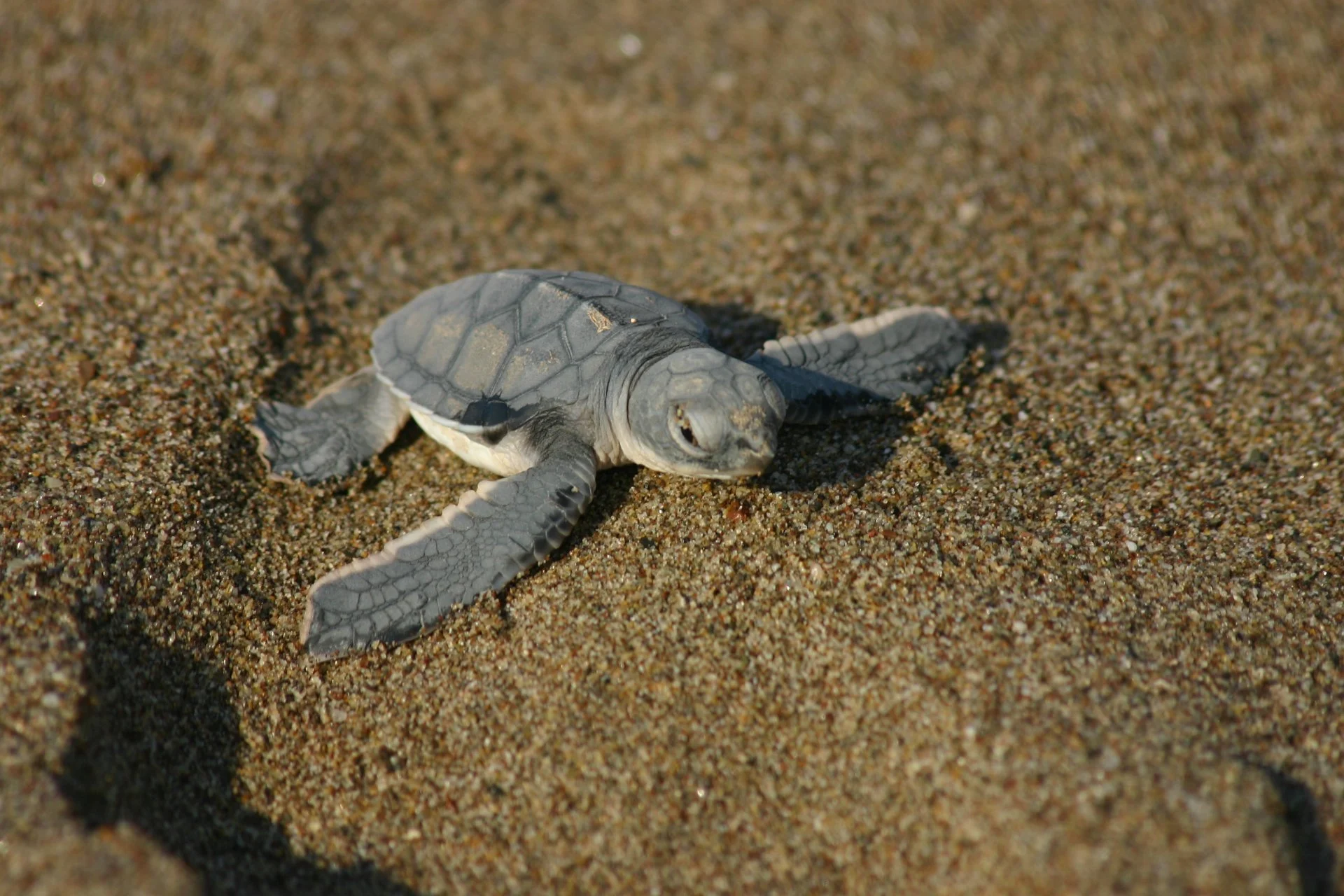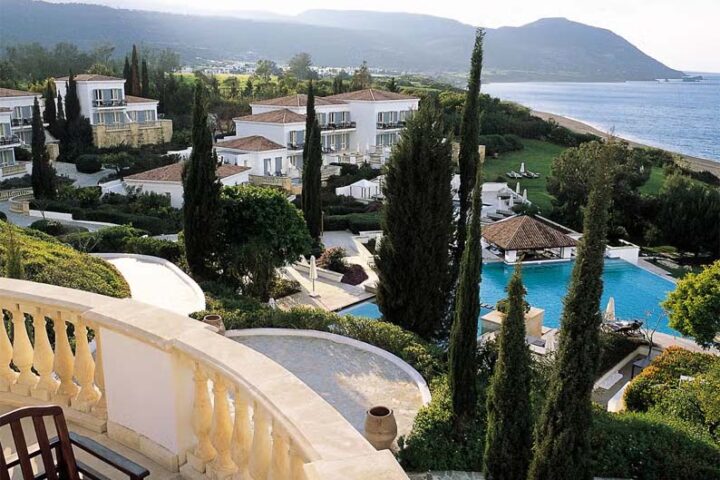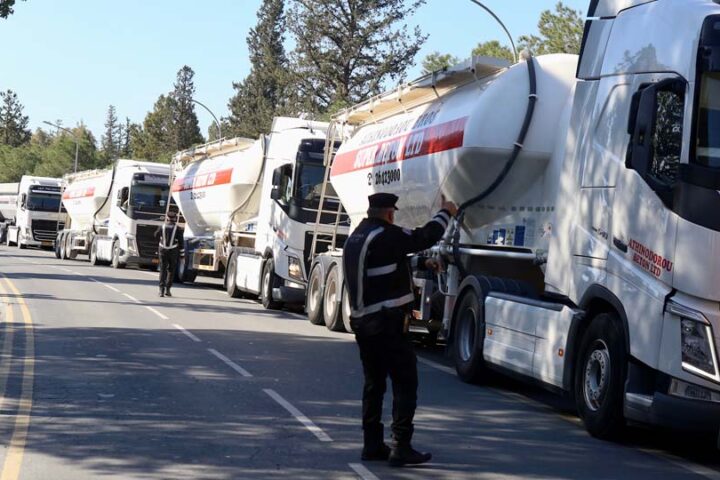Cypriot authorities said attempts to dig up protected sea turtle nests over a land development row in the island’s largest nature reserve were ‘unexcusable’ and undo decades of conservation work.
The government’s fisheries department warned residents in the Akamas northwest region that Cyprus sea turtles and their eggs have been protected by law since 1971.
The furore arose after the Ineia community leader Yiangos Tsivikos posted a video on Youtube Wednesday saying he would dig up turtle nests, claiming that markings of nests on the beach were fake.
He called on the agriculture minister and the media to go to Lara Beach on Sunday, where they could watch him dig up the nests.
“Residents are ready for war,” he said.
Authorities said the protection of the turtle’s habitat, the Lara-Toxeftra Akamas area, was secured in 1989.
“Sea turtles are included in the Barcelona Convention for specially protected areas, and biological diversity of the Mediterranean ratified by Cyprus in 2001.
“They are also protected by the EU Habitats Directive, transferred into national legislation in 2003,” said the fisheries department.
“Actions such as the destruction of or attempt to destroy nests and the eggs of sea turtles are prohibited,” it added.
It said the sea turtle’s conservation status across the Mediterranean is characterised as “unfavourable”, while in Cyprus, it is deemed “favourable” due to work done.
“In Cyprus, after 40 years of implementing measures, steady improvements in the sea turtle population have been observed.”
Conservationists calculate the number of turtle nests in Lara at around 2,000 in 2021.
Lara is a habitat of enormous ecological importance for loggerhead and green sea turtles.
Locals stepped up protests in the past weeks over the government’s Akamas plan, which, they claim, prevents them from commercially exploiting their land.
Ineia residents claim that while the other villages will receive compensation, they will not.
On Wednesday, Agriculture Minister Costas Kadis conceded the community of Ineia and landowners were most affected by the plan.
He said: “Akamas should be preserved, but on the other hand, the area’s residents should not suffer.”
In comments to CyBC state radio, Kadis said: “Ineia landowners were entitled to stage protests but not to engage in extreme behaviour or cause damage to the environment”.
The Akamas plan concerns a coastal area covering 181 square kilometres with a 45 km shoreline to be released in September.
The plan incorporates the administrative boundaries of eight Paphos communities: Kathikas, Pano Arodes, Kato Arodes, Ineia, Droushia, Fasli, Androlikos and Neo Chorio.
Environmentalists also oppose the Akamas plan, claiming it endangers the island’s nature reserve, home to unique fauna and endangered species.
Hundreds gathered in Nicosia in June demanding the complete rejection of the plan under the slogan ‘Save Akamas’.
They argue the plan is entirely incompatible with preserving the island’s common natural and cultural heritage and the sustainable development of the local communities of the Akamas Peninsula.
They argue the plan will cancel out the protection offered to wildlife by the EU’s Natura 2000 scheme.
Natura 2000 is a protected area network covering Europe’s most valuable and threatened species and habitats.










